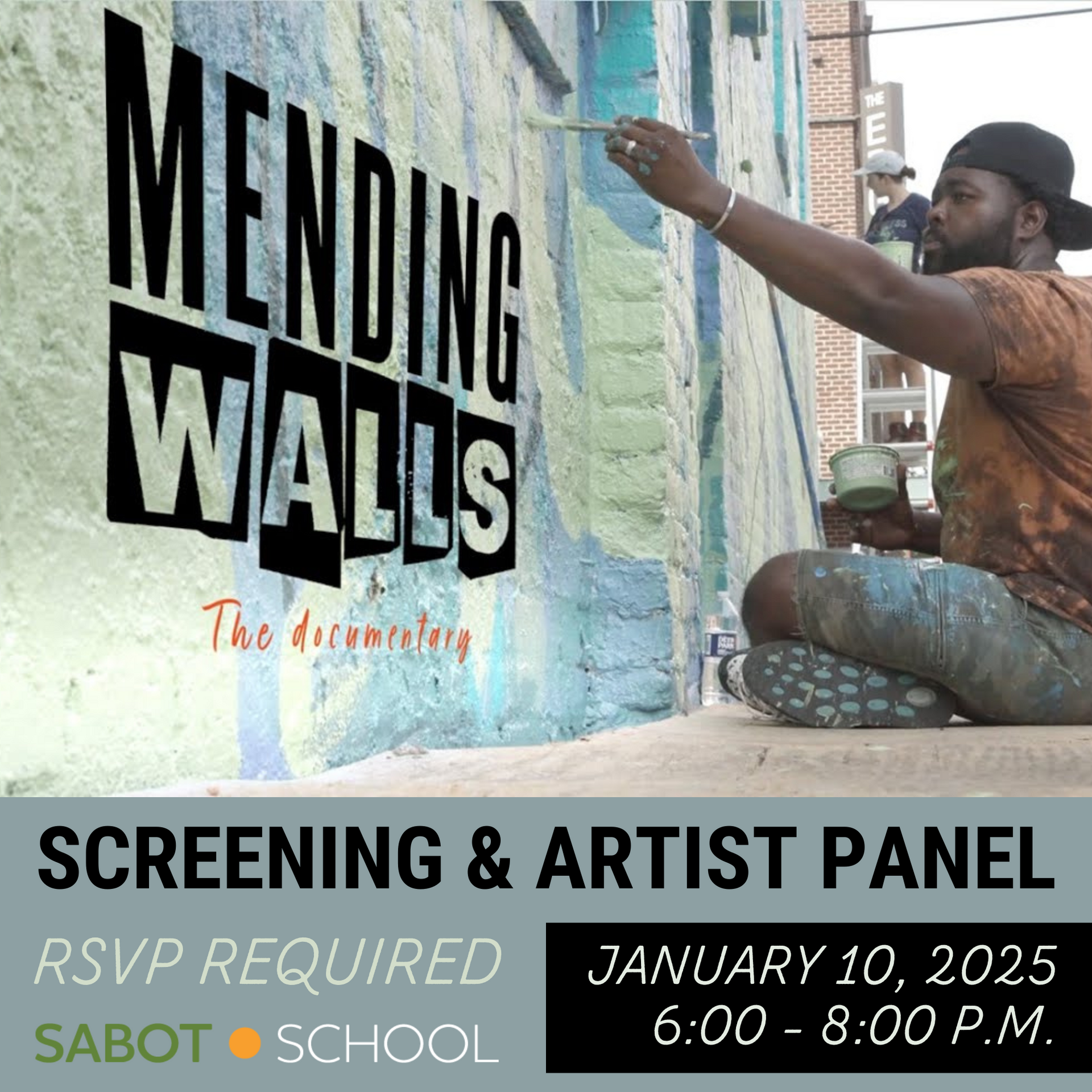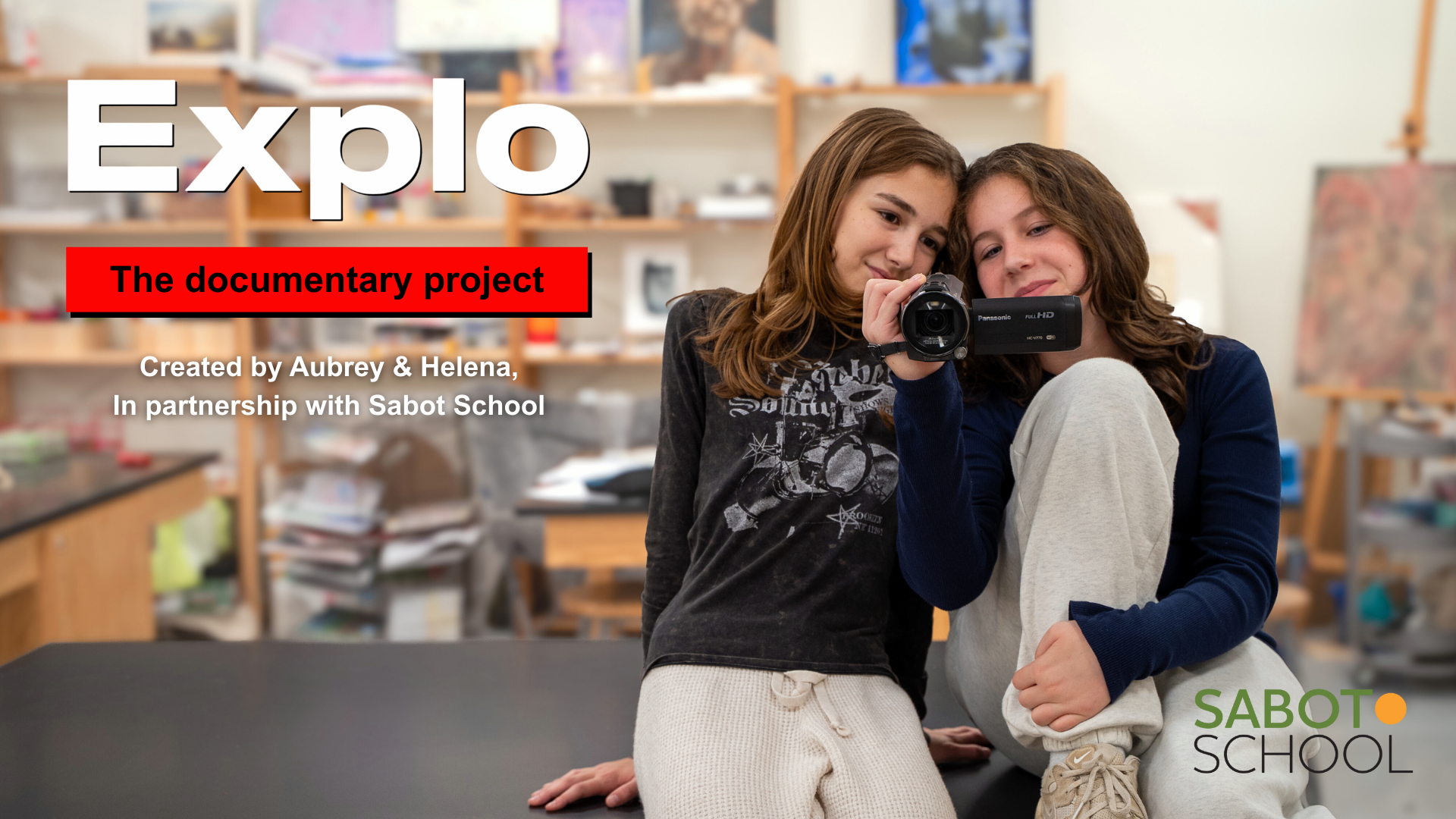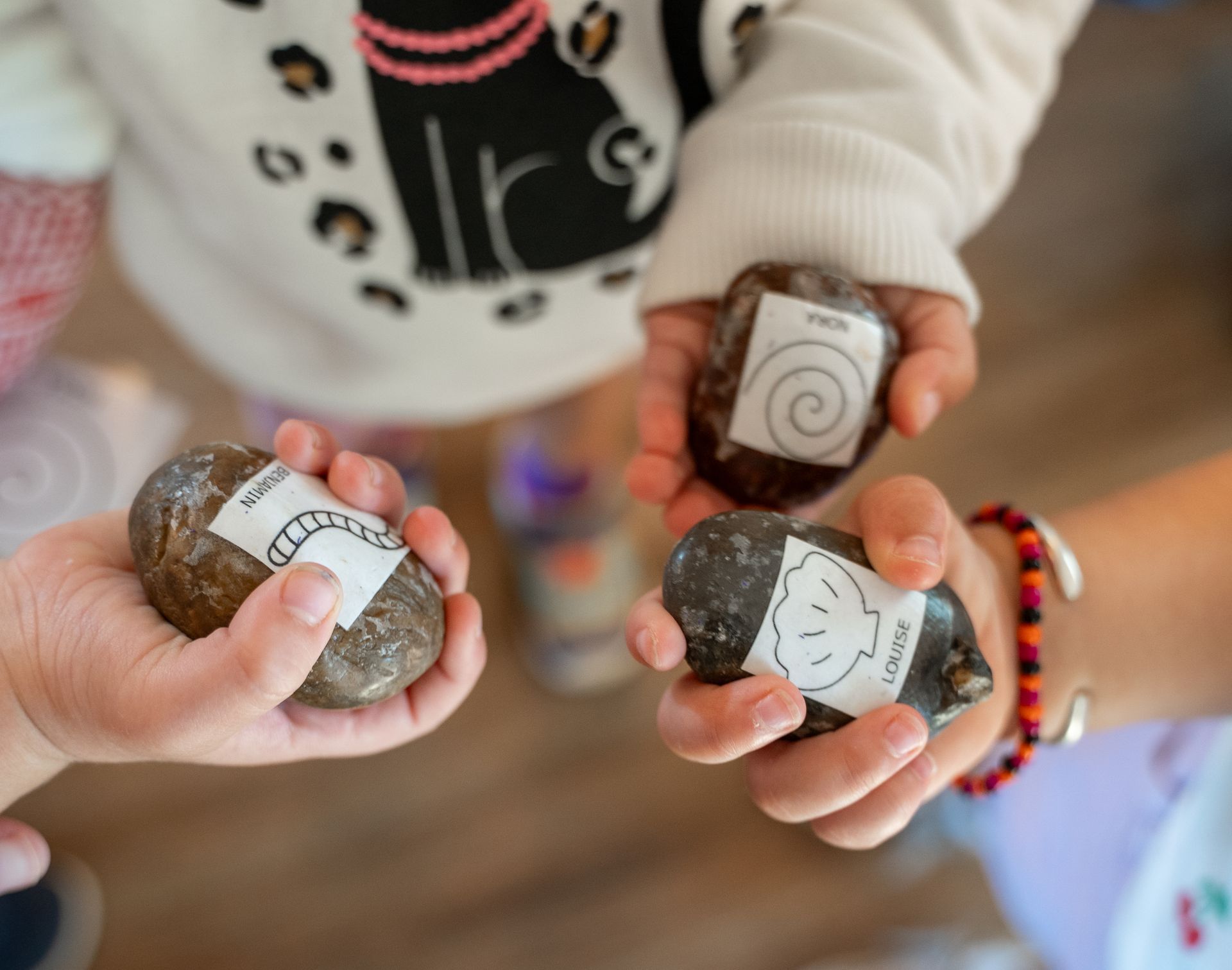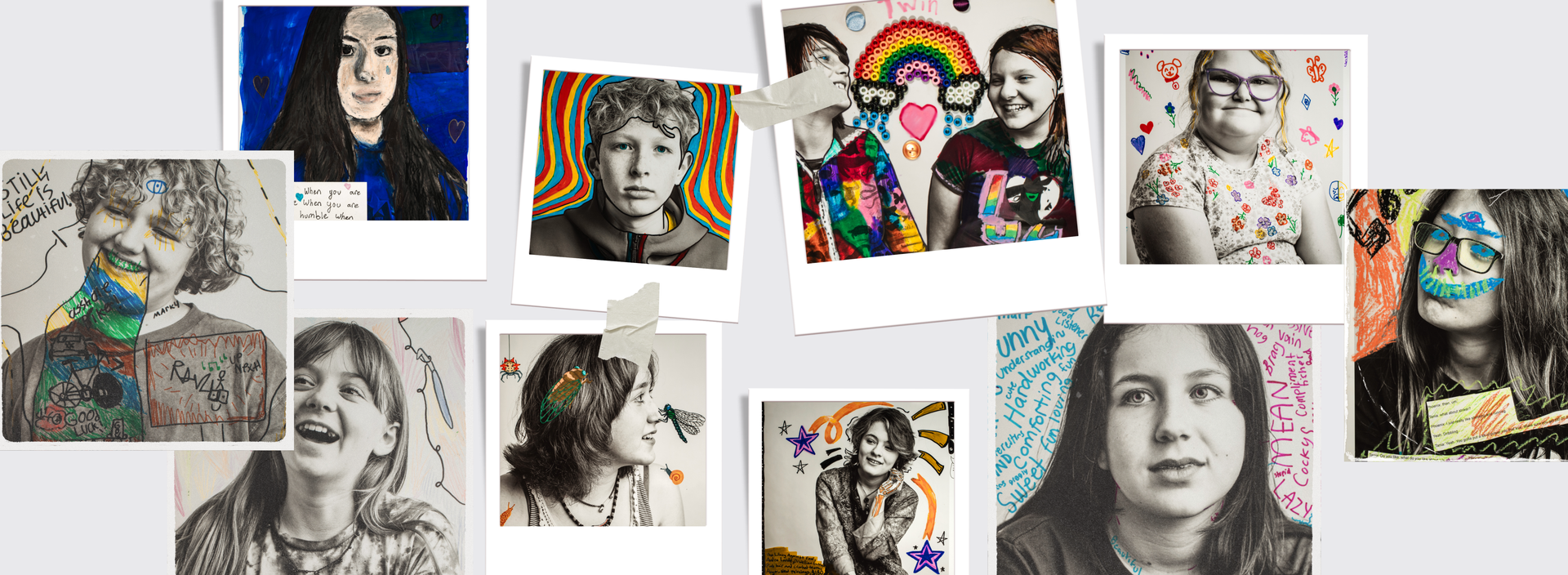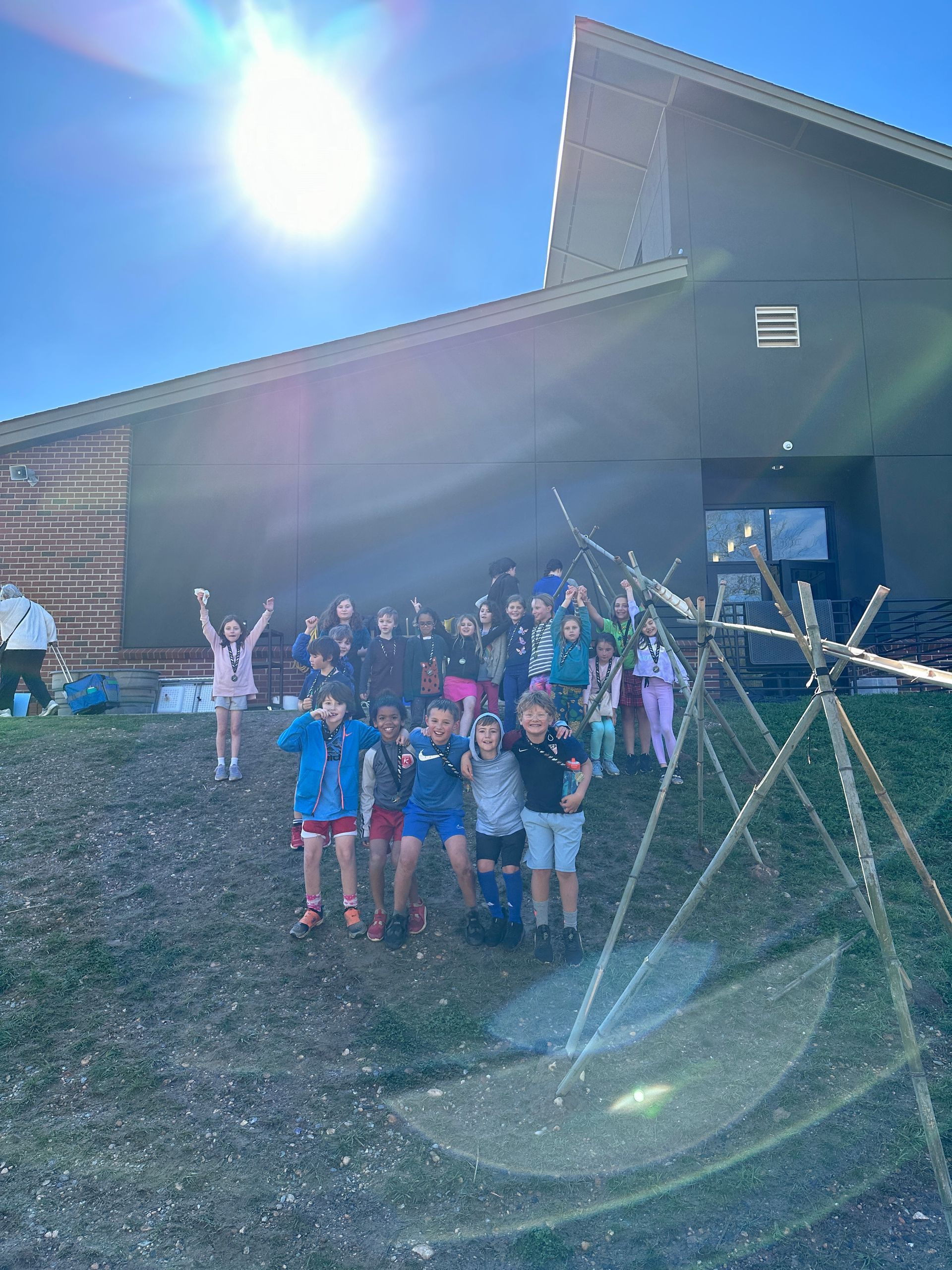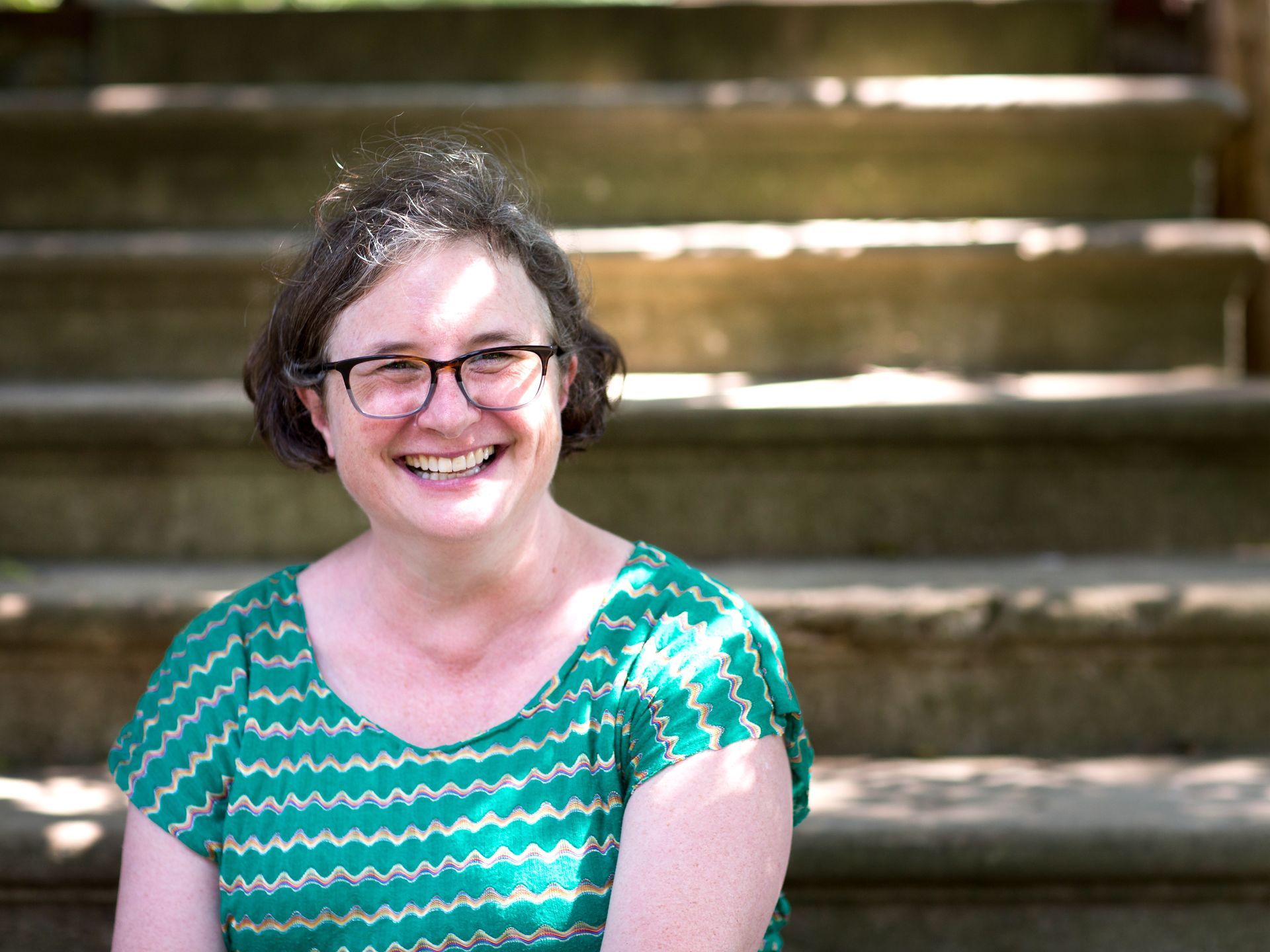Diversity Matters: Sabot's Statement of Belief
Mission Moment: January 2023
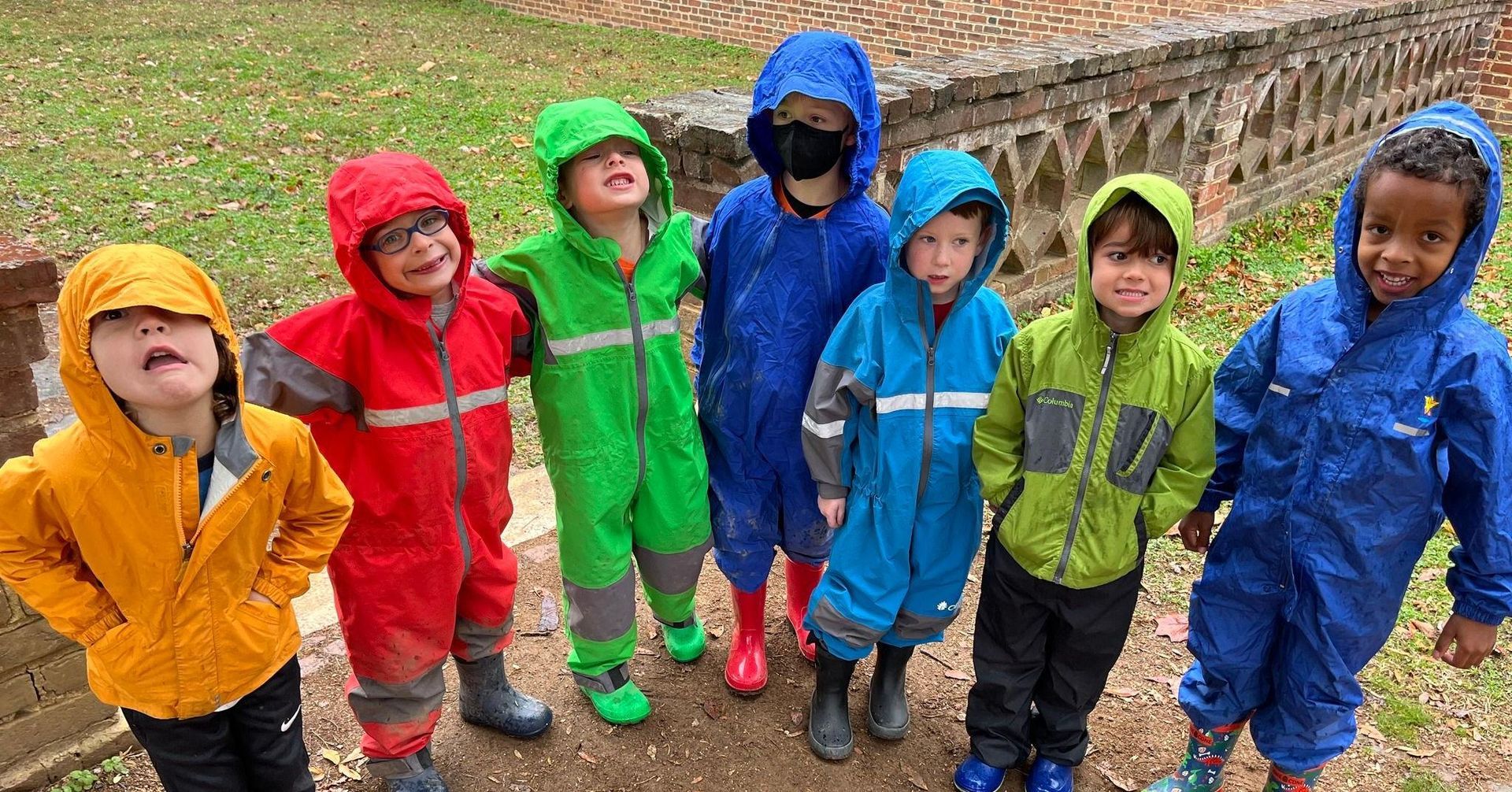
Diversity matters at Sabot. We nurture a learning environment where diversity is valued, respected, and celebrated. Diversity, and the variety of experiences and perspectives it provides, is central to our approach to education. Our emphasis on co-construction – an environment where everyone teaches and everyone learns – is strengthened by a community that includes diversity of race, ethnicity, socioeconomic status, sexual orientation, gender identity, gender expression, family structure, learning style, religious belief, political affiliation, and life experience, among others. We strive continually to engage with each other in ways that develop a sense of belonging among all community members, and value the powerful contributions that each individual makes to our shared learning and understanding.
Diversity matters for learning. At Sabot, students are at the center of our mission and educational philosophy. We recognize each student for their individual abilities, interests, ideas, and identities. We provide a safe, supported space for students to bring their authentic self each and every day. The ways each student observes, acquires knowledge, interacts, and tests and refines theories make for a more powerful collective experience while enriching their individual path as a lifelong learner.
Our Diversity is a designated value and priority - and also a VAIS accreditation standard - in our Strategic plan. To review terms:
Diversity is the presence of difference.
Inclusivity is creating a sense of belonging by accepting, respecting, and affirming diversity. Inclusivity requires intention.
Equity is being just, fair, and recognizing that not everyone has the same opportunity for equality. Equity requires institutional and systematic change.
________________________
At the end of November, Sabot sent a group of 5 faculty and staff to the National Association of Independent School People of Color Conference. On January 5th, administrators met with the group to hear their takeaways and insight into Sabot's community & diversity work.
“People understood how we felt. Had lots in common, teachers of color. It’s so uncommon to see [another] teacher of color. It was refreshing. It was healing. You felt a sense of peace, we’re in this together.”
“It was worth it. I want to go again. It was the bomb!”
“People are afraid of me. I think there is a fascination but that doesn’t always feel popular.”
“My husband and I have not always felt welcome on this campus.”
“When it happens to you [being judged] the first time you doubt yourself completely, that you aren’t good enough. Everybody else gets to be different and I don’t get to - it has to be about race. Even physically, (tattoos, hair, etc.) everything is so different. If you don’t conform enough, we are automatically afraid of it. And this goes against what we are teaching kids.”
“Not being a native English speaker. If you have an accent, you are seen as less smart or just less. You always feel on the lower step.”
“Code switching is a way to survive. We need to talk about code switching as a community. It doesn’t take into account the many languages someone speaks.”
“What does diversity look like? We say we welcome everyone but we don’t.”
“Acknowledging the differences is a beginning - but we can do more. Where are the gaps?”
“Our community of color are experiencing trauma that breeds resentment.”
“It is welcoming, the faculty [at Sabot], but do we really have a safe space? Do we have a place where we can go and share without being judged?”
“We heard from a group of HS students that [they] are so traumatized. They are very aware that they are always being photographed and they intentionally spread themselves out. They will even hide themselves.”
“We’re dealing with it [the trauma] quietly so no one knows.”
“We need to look at how students with learning differences are treated.”
“Differences in cultures and how an African American teacher might talk about something than a White teacher. (“Ask the black lady.”) The perception that a black teacher is mean when they really won’t sugar-coat anything. They had to be strict in order to access education; they take it very seriously. There are a lot of alumni that have gone on from Sabot that haven’t been exposed to different cultures and aren’t even aware that there are other cultures.”
“We shouldn’t judge each other on our different approaches if the outcome is the same. Understanding people is the only way to have a relationship. You need to know their life experience, their background, culture etc…. White people need to take off their blinders and be willing enough to be uncomfortable. If you’ve never been in that environment, the first response is fear. If you’re the only black person, you can get depicted as the ‘angry black woman.”
“Every person is going to be different - no matter the color of our skin. We also have to be aware of that. We are not a monolith. We can’t have expectations of assimilation. We need to educate one another.”
“We need to talk with the existing community as a whole - it’s just sprouting [now]. How do we even grow that discussion?”
“Differences in cultures and how an African American teacher might talk about something than a White teacher. (“Ask the black lady.”) The perception that a black teacher is mean when they really won’t sugar-coat anything. They had to be strict in order to access education; they take it very seriously. There are a lot of alumni that have gone on from Sabot that haven’t been exposed to different cultures and aren’t even aware that there are other cultures.”
“We shouldn’t judge each other on our different approaches if the outcome is the same. Understanding people is the only way to have a relationship. You need to know their life experience, their background, culture etc…. White people need to take off their blinders and be willing enough to be uncomfortable. If you’ve never been in that environment, the first response is fear. If you’re the only black person, you can get depicted as the ‘angry black woman.”
“Every person is going to be different - no matter the color of our skin. We also have to be aware of that. We are not a monolith. We can’t have expectations of assimilation. We need to educate one another.”
“We need to talk with the existing community as a whole - it’s just sprouting [now]. How do we even grow that discussion?”
“Mentally and emotionally, I can’t exhale. Knowing that I am so different. All of these things start to go through your mind when you are the only POC in the room. Constantly doubting yourself, is mentally and emotionally draining. I have to dig deep, I have to be the bigger person. I am waiting for it to happen again. I don’t feel safe in any way. I have to come in and be professional. It’s affecting me physically. You’re [I’m] the expendable one. All the triggers.”
“Community building doesn’t even happen that effectively. It seems like a whitewashed experience. Even food is not representative of everyone - it feels cultish. That doesn’t create experiences where we get to know one another, it creates an extension of that assimilation. There’s a feeling of being “un-Saboty” that you just have to hide.”
“At Sabot, it’s as if “joy” can only be “organic” or in a limited way. It feels monolithic.”
“There needs to be a level of cultural training for the community. What is the responsibility of the school to do this education? How much do I expect my community to just be willing?”
Sabot's next steps include monthly meetings to include POC staff and faculty, then gradually invite other members of the community to attend; draft a Diversity Strategic Plan for Sabot to present to the Board; hire an external trainer to lead the entire Sabot community through ongoing anti-bias work.
SHARE THIS POST
